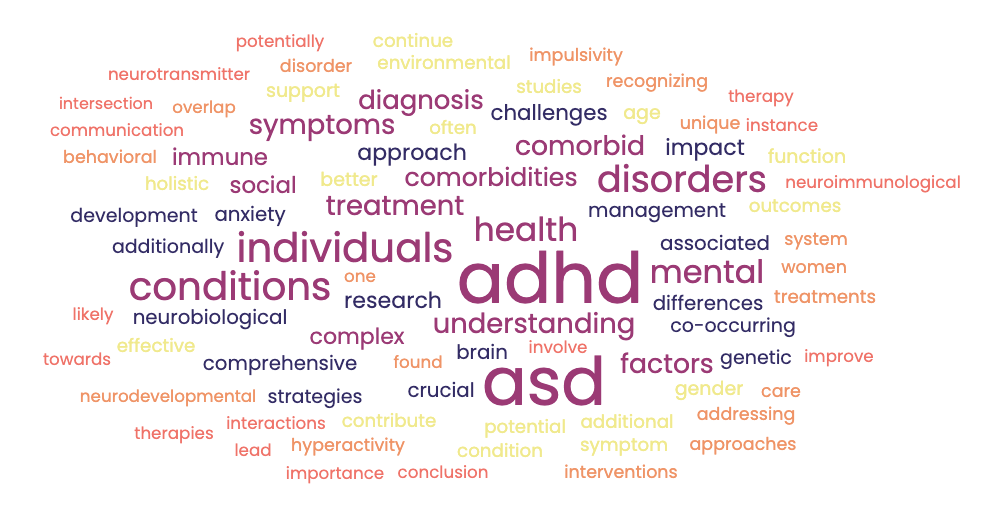How often have you heard an athlete say they visualize the moves they are going to make before they actually do it? Visualizing something and actually acting it out are closely connected. This process involves the activation of our motor cortex located in the frontal lobe of our brains. Our motor cortex is involved in planning, controlling, and executing voluntary movements. Basically, thinking about moving a body part or side-stepping to avoid an opponent from stealing the basketball from you activates the same areas of the motor cortex responsible for initiating that movement directly. Although thinking about a movement does not increase the amount of excitatory postsynaptic potential (EPSP) enough to reach a threshold to actually cause firing of a neuron in the brain that generates that movement, it does still activate the same region. So in short, you can think of something that activates the same region of the brain involved in movement without actually generating movement. Visualization allows us to rehearse our anticipated movements and over time primes our brain and body to more accurately and effectively execute an action. This occurs by the way of stimulating a component of the basal ganglion, the putamen (part of the striatum), a region of the brain that is involved in the rehearsal of movement. Over the course of rehearsing movements via visualization, the brain learns routine movement, making the movement more programmed and fine-tuned.
Basically, cognitive practices can get us closer and more prepared to execute a task with more success. Studies have shown us that cognitive practices are almost as effective as physical practices, and engaging in both cognitive and physical practices is even more effective than doing either one alone. Additional benefits of mental visualization include: improved attention, planning, memory, motor control, and perception. The bottom line is that the brain is receiving additional training for actual performance during imagery rehearsal. It has also been evidenced that these practices enhance motivation, self-esteem, increase states of flow, and improve motor performance. Examples include sharpening your chess skills, practicing your surgery that is coming up this week, practicing your softball swing, your forearm pass in volleyball, or your dance move, or simply working out your muscles.
As I am writing this blog, I keep wondering if our readers are wondering how this relates to psychological well-being. Let me explain how it works. It is great to know that an athlete can use visualization to enhance his or her performance, but how could this affect someone who is not an athlete or is not planning on executing a movement? What these studies are really teaching us is the powerful connection between our mind, body, and behavioral execution–in other words, the powerful interaction between our thoughts and our behaviors. Brain studies have now supported that idea that our thoughts produce identical mental commands as actions. Let us reflect on that statement for a second. If studies are showing that you can increase your physical health by simply thinking about it (Harvard study: Crum & Langer, E. J.), what other domains in life can you impact by simply thinking about it in a positive way? I frequently discuss with my patients the importance of positive visualization when working towards a goal, as this visualization impacts motivation and goal attainment. Therefore, if you want something to happen in your life, first you have to think about it, set your goal to achieve it, and then visualize it happening. The difficulty that many face is that we set goals and forget to do the necessary prep work that is needed to get to that goal. Part of this necessary preparation is to visualize the goal being achieved. Essentially, Henry Ford was right: “Whether you think you can, or you think you can’t–you’re right.”
REFERENCES
- Crum, A. J., & Langer, E. J. (2007). Mind-set matters: Exercise and the placebo effect. Psychological Science, 18(2), 165-171.
- Franklin, E. N. (2013). Dance imagery for technique and performance. Human Kinetics.
- Gabriele, T. E., Hall, C. R., & Lee, T. D. (1989). Cognition in motor learning: Imagery effects on contextual interference. Human Movement Science, 8(3), 227-245.
- Jeannerod, M. (1995). Mental imagery in the motor context. Neuropsychologia, 33(11), 1419-1432.
- Ay, K., Halaweh, R., & Al-Taieb, M. (2013). The effect of movement imagery training on learning forearm pass in volleyball. Education, 134(2), 227-239.
- Lacourse, M. G., Turner, J. A., Randolph-Orr, E., Schandler, S. L., & Cohen, M. J. (2004). Cerebral and cerebellar sensorimotor plasticity following motor imagery-based mental practice of a sequential movement. Journal of rehabilitation research and development, 41(4).
- Mulder, T., Zijlstra, S., Zijlstra, W., & Hochstenbach, J. (2004). The role of motor imagery in learning a totally novel movement. Experimental Brain Research, 154(2), 211-217.
- Richardson, A. (2013). Mental imagery. Springer.








